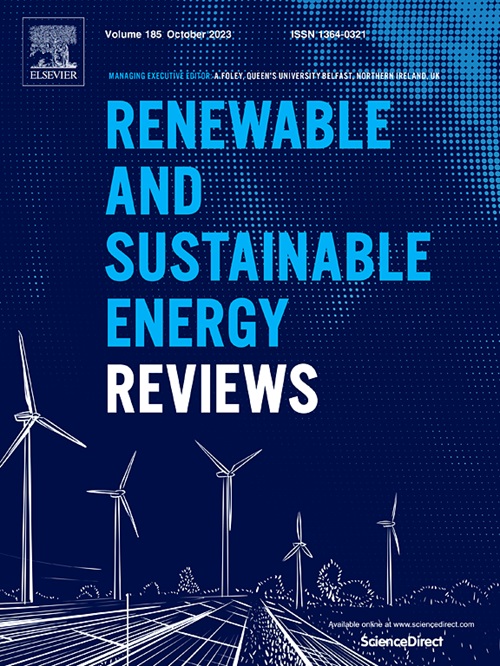Nuances of valuing resilience from microgrids
IF 16.3
1区 工程技术
Q1 ENERGY & FUELS
引用次数: 0
Abstract
As an independent power source that can disconnect from the main grid during a power outage, microgrids continue to gain global popularity due to multiple benefits, including decarbonization and resilience. Nevertheless, their cost – compared to the conventional utility-scale grid – has limited their competitiveness and deployment. Finding ways to value the resilience microgrids provide during outages has become a key challenge for the sector and for advocates and developers hoping to justify the expense of investing in microgrids to public utility commissions. To understand and compare the various approaches being used to value resiliency from microgrids, this study conducted and analyzed 32 interviews with industry experts including companies, advocacy groups, national labs, non-elected officials, research institutions, and utilities working on grid resilience and on resilience valuation tools. A newly designed Timeline, Objective, Organization, Limitations, Services (TOOLS) framework is utilized to describe three selected resilience valuation metrics: Interruption Cost Estimate (ICE), Power Outage Economic Tool (POET) and Resilience Node Cluster Analysis Tool (ReNCAT). While these valuation tools provide important context, experts stressed that the definition of resilience is unique to every community. Valuing resilience is complex and current methods do not fully include difficult-to-quantify factors like equity or spillover economic effects of outages. Combining ongoing resilience valuation efforts can provide useful outcomes.
求助全文
约1分钟内获得全文
求助全文
来源期刊

Renewable and Sustainable Energy Reviews
工程技术-能源与燃料
CiteScore
31.20
自引率
5.70%
发文量
1055
审稿时长
62 days
期刊介绍:
The mission of Renewable and Sustainable Energy Reviews is to disseminate the most compelling and pertinent critical insights in renewable and sustainable energy, fostering collaboration among the research community, private sector, and policy and decision makers. The journal aims to exchange challenges, solutions, innovative concepts, and technologies, contributing to sustainable development, the transition to a low-carbon future, and the attainment of emissions targets outlined by the United Nations Framework Convention on Climate Change.
Renewable and Sustainable Energy Reviews publishes a diverse range of content, including review papers, original research, case studies, and analyses of new technologies, all featuring a substantial review component such as critique, comparison, or analysis. Introducing a distinctive paper type, Expert Insights, the journal presents commissioned mini-reviews authored by field leaders, addressing topics of significant interest. Case studies undergo consideration only if they showcase the work's applicability to other regions or contribute valuable insights to the broader field of renewable and sustainable energy. Notably, a bibliographic or literature review lacking critical analysis is deemed unsuitable for publication.
 求助内容:
求助内容: 应助结果提醒方式:
应助结果提醒方式:


